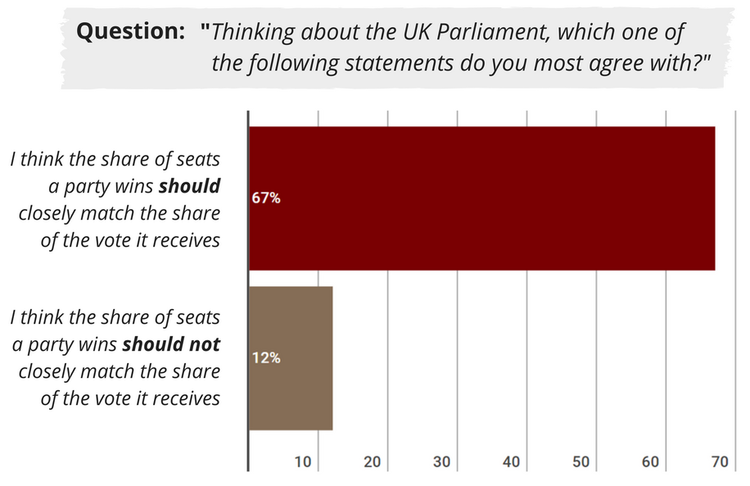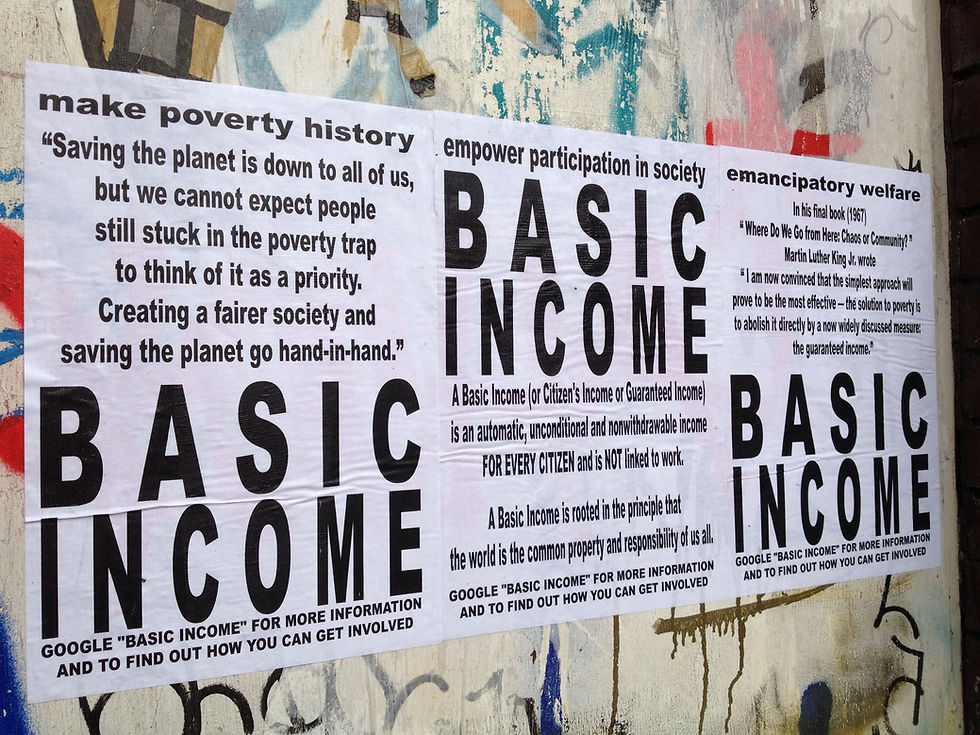Voting Systems: The Debate in Wales
- Evan Hywel Price

- Jun 17, 2021
- 4 min read
Updated: Dec 23, 2024
Mark Drakeford of the Welsh Labour Party was elected as First Minister of Wales on 6th May, marking both 22 years of Welsh devolution (the transfer of some powers from the UK government in London to the Welsh government) and Labour government. This was a memorable election for many reasons, such as being the first in Wales to allow 16-17 year olds the right to vote, but the outcome was perhaps an unsurprising one. It is perhaps the seemingly immovable object of the Labour government amidst radically shifting times that has led many to become disillusioned with the Additional Member System (AMS) used for the Senedd (Welsh Parliament) elections.
Ultimately, Labour making insufficient progress in alleviating poverty in Wales and AMS’ failing promises of encouraging alternative government have caused this disillusionment. With less than 40% voting for the current government, the electorate may look for more proportional systems, such as Single Transferable Vote and Proportional Representation, to secure a government with the backing of the majority.
The Additional Member System used for the Senedd can be complicated to explain; click this link to see how the Senedd voting system works, but its consequences in Wales are stark. It has undoubtedly given smaller parties like Plaid Cymru a stronger voice, with the proportional element on the regional vote, with the aim of reducing Labour’s one-party dominance in Wales. However, it has also resulted in many confused and disillusioned voters not making the most of their vote, mainly because of the disproportionate first-past-the-post element of the local constituency vote counting for 40 of the total 60 seats (thus coercing people into tactical voting, rather than expressing their true beliefs), and many not understanding a vote for a bigger party on the regional list is less valuable, as the regional results are calculated using this equation:
Total regional votes ÷ (number of constituency seats won in the region + 1)
Therefore, a vote for a larger party who will win lots of constituency seats in your area will be divided up several times, to the point that it becomes wasted.
This disillusioned electorate was demonstrated by the abysmal electoral turnouts, averaging 46% across Wales, and disappointing those hoping the increased attention on the Senedd during the pandemic because of its extra use of lockdown powers would cause a record turnout. Perhaps more concerning was the low turnout of 16-17 year olds who were allowed to vote for the first time. Though this could be endemic of a tiredness of doggedly voting Labour, trapped in the first-past-the-post mentality on the constituency vote of voting for the perceived “lesser evil”. Even on the South Wales Central regional vote (which is dominated by Labour constituencies), Labour secured around 100,000 votes (which are again, essentially wasted after being divided by the several constituencies they won under AMS, explained by the equation above). As a spokesperson for the Welsh Liberal Democrats said, “Five years ago Labour won over 200,000 votes across the South Wales region and for the fifth consecutive election failed to win a single regional seat. These are wasted votes.”
Another revelation from the election was the stubborn electoral patterns of Wales remaining largely in line with socioeconomic backgrounds (shown in the map below). Voting purely based on your background could be a representation of a citizen’s core beliefs and a desire to benefit their community, however it could be a sign of disengagement and blind voting formed by peer pressure and inevitability. A change in voting system could throw inevitability out of the window and force people to question any blind party loyalties, as has been seen in the fellow Celtic nation of Scotland. So, is change afoot?
A surprising number of parties in the Senedd election supported the switch to more proportional systems, such as the Single Transferable Vote (STV) system, where voters rank their favourite candidates in order in a proportional system without fear of splitting their vote. These parties include the Welsh Liberal Democrats, Gwlad, Propel, the Wales Green Party and Plaid Cymru , and the demographics are shifting in this direction.
With Labour being much more popular among younger voters, it is perhaps only a matter of time before Wales switches voting systems. Electoral reform is becoming an increasingly polarizing, but important, issue in Senedd elections, demonstrated by the backlash of UKIP, Reform UK, Abolish The Welsh Assembly Party and others sceptical of devolution against the most pro-devolution parties proposing more Senedd members .


Graph and data credit: Makevotesmatter.org.uk
Despite Plaid Cymru's modest election results , their long-term vision of Welsh independence shared by Gwlad, Propel, and the Greens was still an important issue at this election. While many saw it as a COVID election which put independence temporarily on the backburner, there is no doubt the independence debate is only going to strengthen with demographics shifting in favour of the ‘Yes’ camp. This is evident from the meteoric rise of the pro-independence pressure group YesCymru and the support from the future electorate .
With the debate on independence comes the debate on electoral reform. With a large number of separatists voting for unionist parties, it is unlikely that they would settle for an exacerbation of the one-horse race situation in Welsh politics seen in other less proportionate systems like first-past-the-post. To tackle this requires a change in voting system to continue the seemingly inevitable trend of democratisation in Wales. Watch this space, for many predict this change in voting system to happen within the next 5 year term.

_edited.png)



Comments